Growing Lavender Plants : Tips for a Fragrant and Beautiful Garden
Learn how to grow and care for lavender plants to create a fragrant and beautiful garden. Discover essential planting tips, maintenance advice and ways to enjoy these aromatic blooms.
Lavender is a beloved plant known for its soothing fragrance, beautiful purple blooms, and versatile uses. Whether you’re a seasoned gardener or a beginner, growing lavender can be a rewarding experience. In this guide, we’ll walk you through everything you need to know to cultivate thriving lavender plants and create a fragrant oasis in your garden.
Here is a chart with detailed information on Lavender plants:
| Category | Information |
|---|---|
| Botanical Name | Lavandula spp. |
| Common Name | Lavender |
| Plant Type | Evergreen Perennial Shrub |
| Hardiness Zone | 5-9 (Varies by Species) |
| Sun Exposure | Full Sun |
| Soil Type | Well-drained, Sandy or Loamy, Alkaline Soil Preferred |
| Watering | Low to Moderate, Drought Tolerant Once Established |
| Growth Habit | Upright, Bushy |
| Height/Spread | 1-3 feet tall / 1-3 feet wide (Varies by Species) |
| Special Features | Fragrant Purple or Blue Flowers, Aromatic Foliage, Attracts Pollinators, Deer Resistant, Used in Aromatherapy and Culinary Applications |
Why Grow Lavender?

Before we dive into the how-to, let’s consider why lavender is such a popular choice for gardens:
- Fragrant blooms that attract pollinators
- Drought-tolerant and low-maintenance once established
- Versatile uses in cooking, aromatherapy, and crafts
- Beautiful ornamental value in landscapes
- Can be grown in gardens or containers
Now, let’s get started with growing your own lavender plants!
Choosing the Right Lavender Variety
There are many lavender species and cultivars to choose from. Some popular options include:
- English Lavender (Lavandula angustifolia): Hardy and fragrant, great for culinary use
- French Lavender (Lavandula stoechas): Distinctive “rabbit ear” petals, less cold-hardy
- Spanish Lavender (Lavandula dentata): Tolerates humidity better than other types
- Lavandin (Lavandula x intermedia): Hybrid variety with long stems, ideal for dried bouquets
Consider your climate and intended use when selecting a variety.
Planting Lavender
Follow these steps to give your lavender plants the best start:
Soil Preparation
- Choose a location with full sun (6-8 hours of direct sunlight daily)
- Ensure well-draining soil; add sand or gravel to improve drainage if needed
- Aim for slightly alkaline soil with a pH between 6.7 and 7.3
Planting Process
- Dig a hole twice the size of the root ball
- Mix some compost into the soil you removed
- Place the plant in the hole, keeping the crown slightly above soil level
- Backfill with the soil-compost mixture
- Water thoroughly
Spacing
- Space plants 2-3 feet apart for most varieties
- Allow more space for larger varieties like Lavandin
Caring for Lavender Plants
Once planted, lavender is relatively low-maintenance.
Here are some care tips:
Watering
- Water deeply but infrequently to encourage deep root growth
- Allow soil to dry between waterings
- Reduce watering in fall and winter
Fertilizing
- Lavender prefers poor soil; avoid over-fertilizing
- If needed, apply a light dose of slow-release fertilizer in spring
Pruning
- Prune in early spring or after flowering
- Remove about 1/3 of the plant’s height, avoiding cutting into woody stems
- Shape into a mounded form for best appearance and air circulation
Winter Care
- In cold climates, mulch around plants with sand or gravel
- Avoid organic mulches that retain moisture
- Consider covering plants with burlap in extreme cold
Common Lavender Problems and Solutions
Even with proper care, lavender can sometimes face issues:
Fungal Diseases
- Symptom: Gray mold or root rot
- Solution: Improve drainage and air circulation; remove affected parts
Leaf Spot
- Symptom: Brown or black spots on leaves
- Solution: Remove affected leaves; avoid overhead watering
Pests
- Common pests: Spittlebugs, whiteflies
- Solution: Use insecticidal soap or neem oil; encourage natural predators
Harvesting and Using Lavender
One of the joys of growing lavender is putting it to use:
Harvesting for Drying
- Cut stems when flower buds have formed but not fully opened
- Harvest in the morning after dew has dried
- Tie stems in small bundles and hang upside down in a dark, dry area
Culinary Uses
- Add dried buds to baked goods, teas, or homemade ice cream
- Use fresh sprigs to flavor lemonade or cocktails
- Infuse honey or sugar with lavender for a fragrant sweetener
Aromatherapy and Crafts
- Make lavender sachets for drawers and closets
- Create homemade soaps or lotions
- Use dried lavender in potpourri or wreath-making
Growing lavender can transform your garden into a fragrant, beautiful, and useful space. With the right care and attention, these aromatic plants will thrive and provide you with years of enjoyment. Whether you’re cultivating a lavender hedge, a container garden, or just a few plants, the soothing scent and lovely purple blooms are sure to bring joy to your outdoor space.
Remember, lavender plants may take a couple of years to reach their full potential, so be patient and consistent in your care. Before long, you’ll have a thriving lavender garden that’s the envy of the neighborhood!
Learn more about lavender varieties
Discover creative uses for lavender in home and garden
Happy planting, and enjoy the sweet scent of success with your lavender garden!
For more gardening tips and plant care guides, visit https://usagardenweb.com

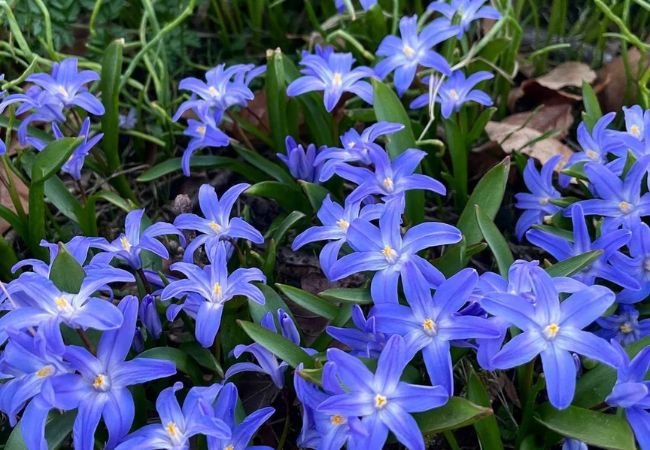
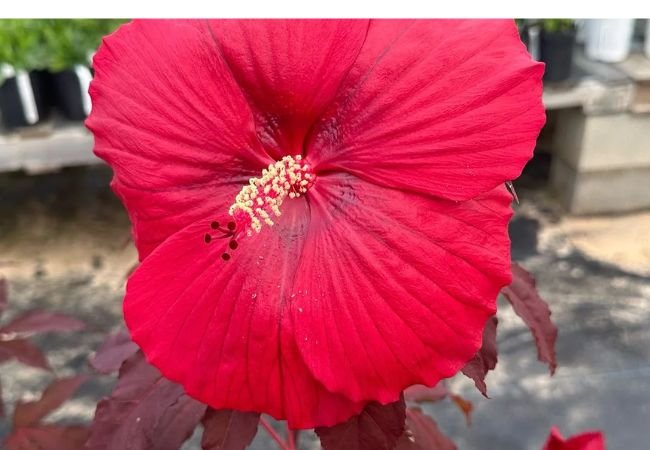
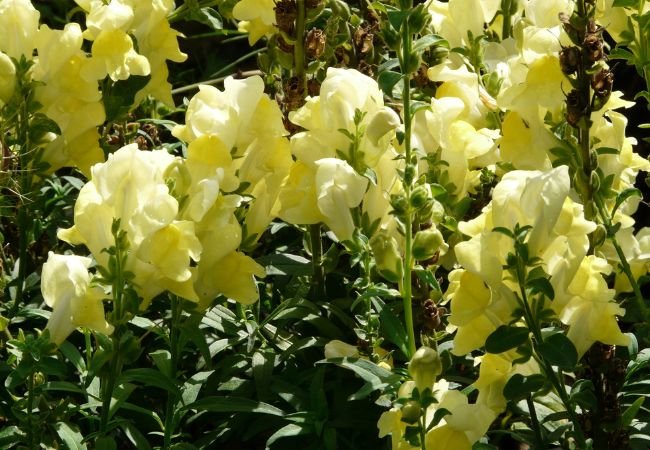
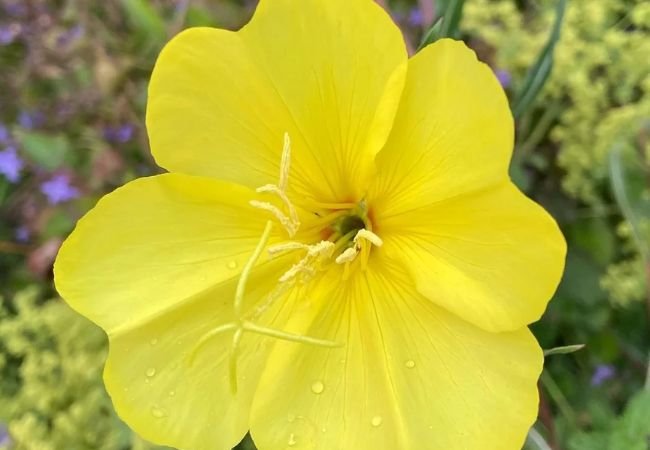
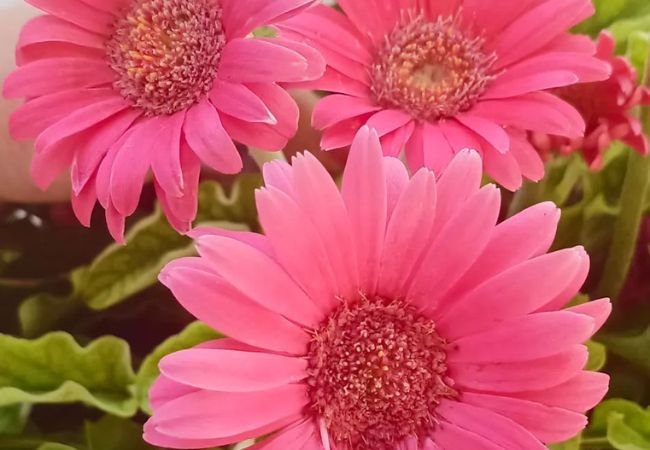
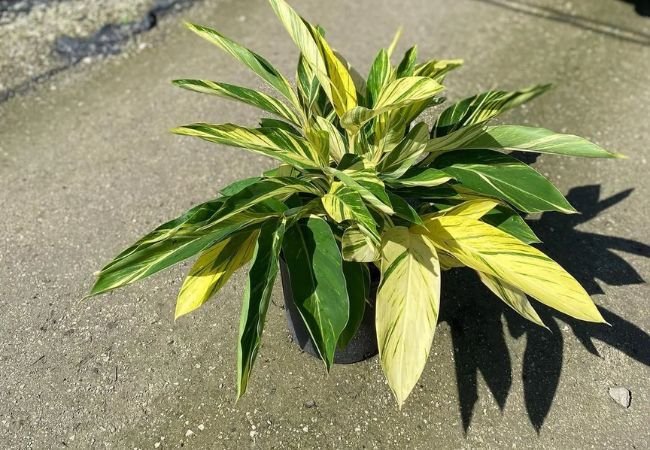
One Comment